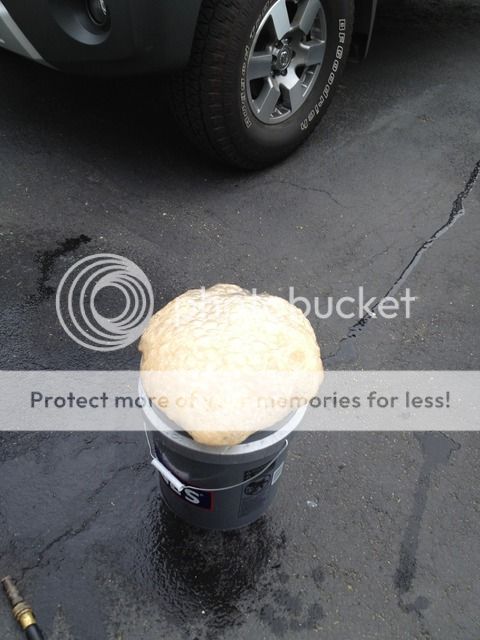OregonReefer2
New member
I don't agree that the LC dosing process was laborious or tedious at all.
I treated 100lbs of pukani in 4 days with 4 water changes. It was actually remarkably easy and I'm very happy with the results at this point.
Sometimes putting the work in up front will make things far easier down the road. I felt, for me this was one of those situations
I treated 100lbs of pukani in 4 days with 4 water changes. It was actually remarkably easy and I'm very happy with the results at this point.
Sometimes putting the work in up front will make things far easier down the road. I felt, for me this was one of those situations


